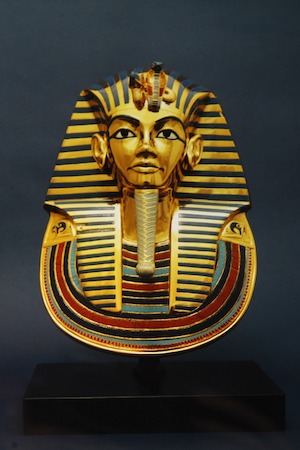Artifacts in intercultural information exchange.
May 11, 2023
This paper describes the role of artefacts in intercultural information exchange. Artefacts are physical objects that can be used to interpret and share cultural values, beliefs, and history. They also serve as a means for communication between cultures; by bringing artifacts from one culture into contact with another it can help promote mutual understanding.
In terms of intercultural communication, artefacts provide tangible evidence of shared experiences or common ground between different cultures. They act as a bridge between people and allow them to communicate through visual representation – something that is often difficult to achieve when relying solely on language barriers. Additionally, as material objects they offer stability and durability which allows their messages to remain relevant over time.

When looking at how artefacts are used for intercultural information exchange, it is important to consider the context in which they are used. Depending on their origin and purpose, different artefacts may be interpreted differently. For example, an object that has a religious significance in one culture might have a completely different meaning in another. It is therefore essential to keep this potential for misinterpretation in mind when exchanging artefacts between cultures.
Overall, artefacts can have a powerful impact on intercultural communication by providing a way for people to share their stories and experiences through tangible objects. By fostering mutual understanding through physical items, these material objects can help bridge gaps between cultures and promote positive dialogue.
In addition to facilitating communication between two or more cultures, artefacts can also act as a source of knowledge and understanding for one's own culture. By examining the objects and symbols in our daily lives, we can gain insight into the values, beliefs, and history of our own culture.
For any intercultural exchange to be successful, it is essential to take into account artefacts’ potential meanings and implications when used in an intercultural context. Acknowledging these factors can help ensure that artefacts are used in a respectful manner and help promote positive dialogue between cultures. Therefore, they remain a valuable resource for connecting different cultures through language barriers as well as providing an opportunity to learn more about our own culture.
Artefacts are also a great way to celebrate cultural diversity by providing both tangible and intangible evidence of the unique values and beliefs of each culture. Through the exchange of artefacts, we can better understand ourselves and others while also fostering a greater sense of appreciation for all cultures. This will ultimately lead to more meaningful interactions between different cultures in which mutual understanding is shared and celebrated.
